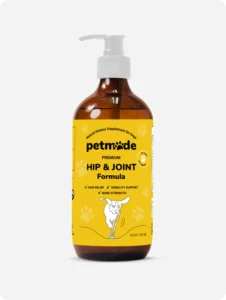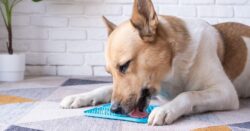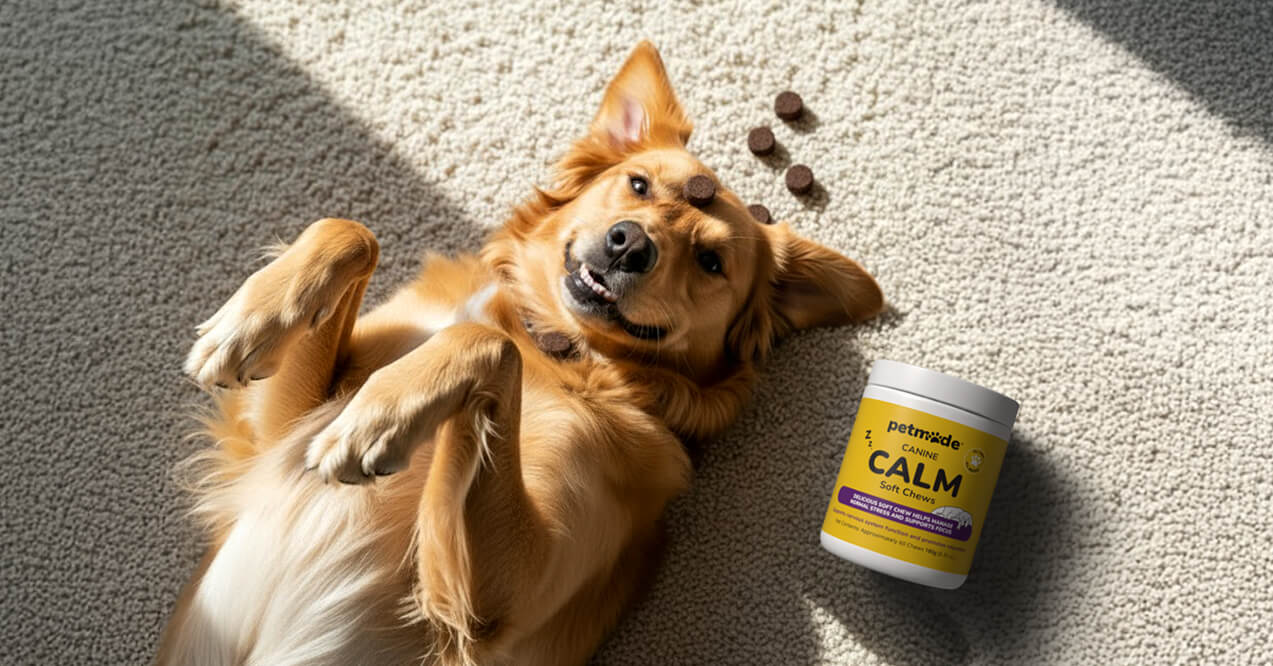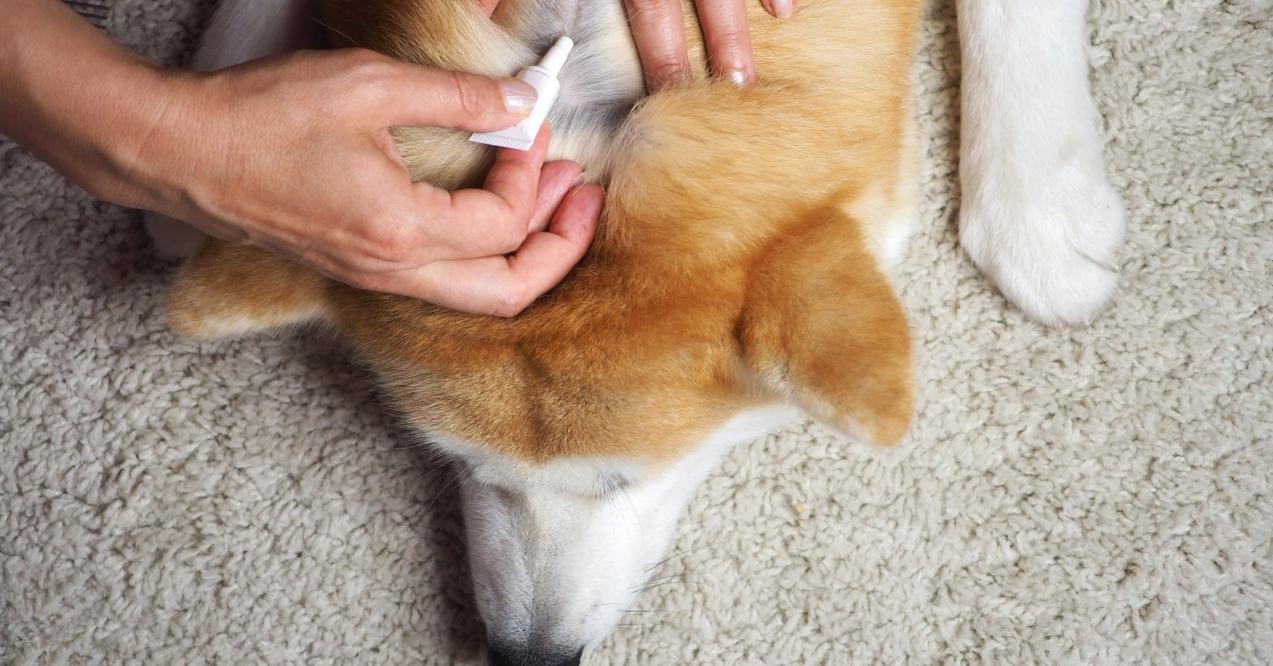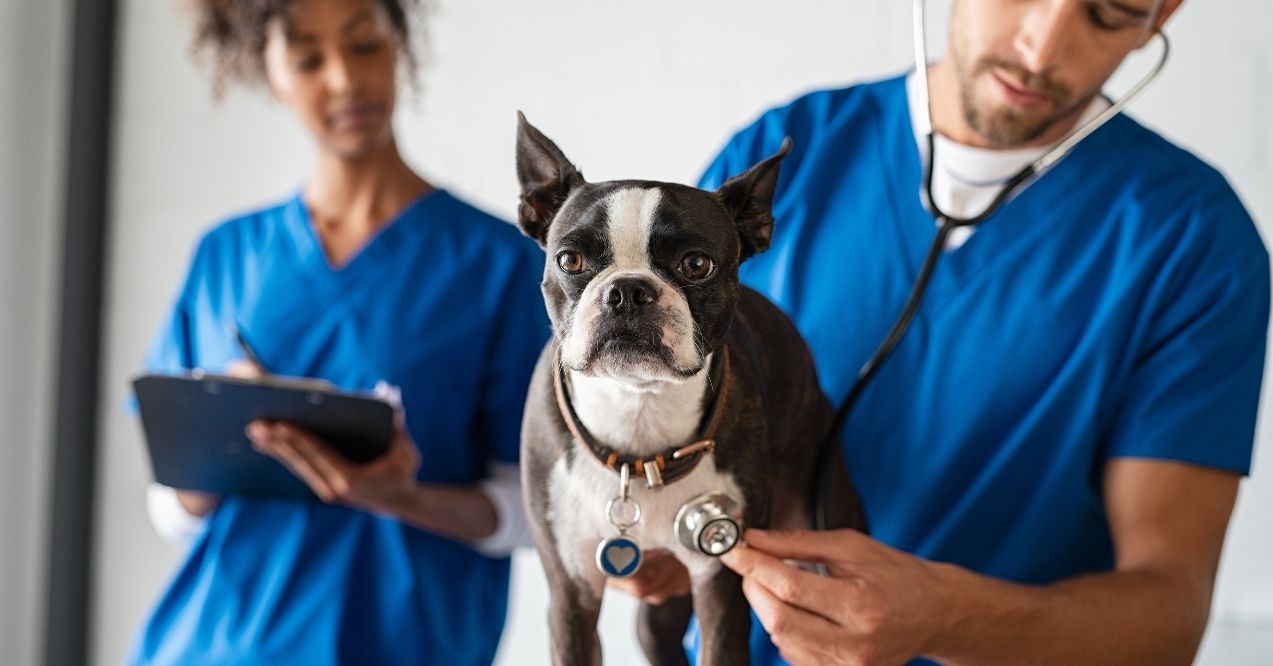Best Ways to Ease Labrador Retriever Hip Problems
Labrador retriever hip problems affect many beloved family pets, but with proper care and attention, these wonderful dogs can maintain their playful spirit and active lifestyle. As one of the most popular dog breeds worldwide, Labs bring boundless joy and energy to their families. Yet their size, build, and activity level can sometimes lead to mobility changes that need extra care and support.
Labrador Retriever Hip Structure & Mobility
Do labs have hip problems more often than other breeds? Their unique body structure and energetic nature can indeed make them more prone to mobility changes. Labs are built for action – swimming, retrieving, and playing are in their DNA. Their muscular build and larger frame, while perfect for these activities, can also put extra pressure on their joints over time.
Many Lab owners notice dogs joint cracking sounds during their pet’s regular activities. While occasional joint sounds are normal, especially during stretching or after rest, paying attention to any changes in these sounds can help you stay proactive about your Lab’s mobility care.
These gentle giants love to stay active, but their enthusiasm sometimes outpaces their body’s limits. Think of it like an athlete who needs to balance training with recovery – Labs need the same thoughtful approach to their daily activities.
Changes in Mobility
Your Lab might show subtle signs when extra support could help. While signs of joint pain in dogs can vary, Labs often display changes in their daily behavior first. Maybe they’re not as eager to chase their favorite ball, or they take their time getting comfy in their bed. Some Labs might seem less excited about their daily walks or prefer gentler play sessions.
Watch how your pup moves throughout the day. While dog limping causes can range from simple muscle strain to more serious concerns, any change in movement patterns deserves attention. Do they hesitate before jumping onto their favorite spot? Are their morning stretches taking longer than usual? These small changes in their daily routines can signal it’s time to adjust their care routine.
Exercise Strategies
Labs and hip problems don’t have to mean the end of fun and games. When looking into how to help dogs with joint pain, the most effective approach is often a mix of appropriate exercise and daily activity adjustments. Smart exercise choices can keep your furry friend active while supporting their comfort. The key is finding the right balance between staying active and avoiding overexertion.
Best Types of Exercise
Swimming tops the list of perfect activities for Labs with mobility needs. It lets them splash and play while the water supports their weight. Many Labs already love water, making this an easy and enjoyable option.
Controlled walks on grass or sand provide excellent low-impact exercise. Start with shorter sessions and gradually increase duration based on your dog’s comfort level. Walking up gentle slopes can build supporting muscles without putting too much strain on the joints.
Exercises to Approach with Caution
While Labs love to jump and run, some high-impact activities need careful consideration. Instead of playing fetch with big leaps, try rolling the ball along the ground. Rather than tackling steep hills or long stair climbs, opt for gentler terrain.
Modify favorite games to keep them fun but safer. If your Lab loves to chase, create ground-level games that don’t require jumping. The goal is to maintain their joy in movement while being mindful of their comfort.
Creating a Comfortable Home Environment

Labrador hip issues often respond well to simple changes in your home setup. Small adjustments to your Lab’s daily environment can make a big difference in their comfort and mobility. By focusing on their main living spaces, you can create a more supportive setting that helps them stay active and content.
Supportive Bedding & Rest Areas
Your Lab deserves a cozy spot to rest their body after a day of adventures. A quality bed with proper support helps distribute their weight evenly during sleep and relaxation. Place their favorite resting spots in easily accessible areas of your home, away from drafts or high-traffic zones.
Consider having multiple rest areas throughout your home so your Lab can stay close to the family without needing to move far. Some pups enjoy a cooling mat option during warmer months, while others prefer plusher surfaces that cradle their body.
Flooring & Accessibility Adjustments
Lab hip problems can make navigating slippery floors challenging for your furry friend. Adding non-slip rugs or mats in key areas provides better grip and confidence during movement. Focus on spots where your Lab frequently walks, such as hallways, feeding areas, and around their water bowl.
For Labs who enjoy couch cuddles or car rides, portable steps or ramps can be game-changers. These tools help them maintain independence while reducing strain on their joints. Start with small inclines and gradually work up to steeper angles as your pup builds confidence.
Nutrition in Mobility & Joint Support
Supporting your Labrador hip problems through proper nutrition plays a vital role in maintaining their active lifestyle. The right balance of nutrients helps support their natural mobility and keeps them at a healthy weight.
Key Nutrients
Foods rich in omega-3 fatty acids, like salmon and sardines, can be excellent additions to your Lab’s diet. Natural sources of collagen and protein help maintain muscle strength and support overall joint function. Many pet parents also add supplements designed specifically for mobility support to their Lab’s daily routine.
Green-lipped mussels, found in some premium dog foods, offer natural compounds that may support joint comfort. Fresh fruits like blueberries and vegetables like sweet potatoes pack antioxidants that contribute to overall well-being. Some pet parents incorporate bone broth into their Lab’s meal plan as a tasty addition that supports connective tissue health.
Healthy Weight for Less Joint Strain
Labs and hip problems become more challenging when extra weight puts pressure on their joints. Maintaining a healthy weight isn’t about depriving your pup – it’s about making smart choices that keep them feeling their best. Break meals into smaller portions throughout the day to help control intake while satisfying their appetite.
Swap high-calorie treats for healthier options like carrot sticks or apple slices (without seeds). Using a slow-feeder bowl can help your Lab eat more mindfully, improving digestion and satisfaction with their meals.
Massage, Therapy & Alternative Support
When it comes to Labrador hip issues, gentle hands-on care can make a world of difference. Simple massage techniques and water-based activities offer wonderful ways to keep your Lab feeling their best. These approaches complement your pup’s regular exercise routine and can become special bonding moments.
A light massage after walks helps your Lab wind down while promoting good circulation. Start with gentle strokes along their back and gradually work your way down to their legs. Watch your dog’s reactions – they’ll let you know what feels good. Many Labs love this quiet time with their favorite human.
Mobility Aids & Supportive Gear
For Labs who need an extra boost, the right gear can make daily activities more enjoyable. A well-fitted support harness helps during car rides or climbing stairs, letting your pup stay active while feeling secure. Look for harnesses with padded handles that make it easy for you to offer gentle assistance when needed.
Non-slip booties can boost your Lab’s confidence on slippery surfaces. While some pups take time to adjust to wearing them, many come to appreciate the extra grip they provide. Choose breathable, waterproof options that protect without overheating your dog’s paws.
Support wraps and braces offer another way to help your Lab stay steady during activities. Similar to how athletes use supportive gear during sports, these tools can help your pup feel more stable during walks or play sessions. Always ensure any gear fits properly and allows natural movement.
Conclusion
Living with lab dog hip problems doesn’t mean saying goodbye to an active lifestyle – it’s about making smart adjustments that keep your furry friend comfortable and happy. By combining proper exercise, a cozy home setup, good nutrition, and the right support tools, you can help your Lab maintain their joy for life’s adventures.
The key is finding the right balance of activity and rest, making thoughtful adjustments to their environment, and maintaining their healthy weight. These small but meaningful changes add up to make a big difference in your Lab’s daily comfort and happiness.
Watch for changes in their daily habits – less enthusiasm for play, taking longer to get up from rest, or hesitation before jumping. If your Lab seems less eager for walks or prefers gentler activities, they might benefit from extra support.
Yes! Extra weight puts added pressure on your Lab’s joints during movement. Keeping your pup at a healthy weight through proper portions and regular exercise makes a big difference in their ability to stay active and playful.
Foods rich in omega-3s like salmon and sardines make excellent additions to your Lab’s diet. Fresh fruits, veggies, and quality proteins help maintain muscle strength. Many pet parents also include bone broth as a tasty, supportive addition.
Advertisement. This site offers health, wellness, fitness and nutritional information and is designed for educational purposes only. You should not rely on this information as a substitute for, nor does it replace, professional medical advice, diagnosis, or treatment. If you have any concerns or questions about your health, you should always consult with a physician or other health-care professional. Do not disregard, avoid or delay obtaining medical or health related advice from your health-care professional because of something you may have read on this site. The use of any information provided on this site is solely at your own risk.

